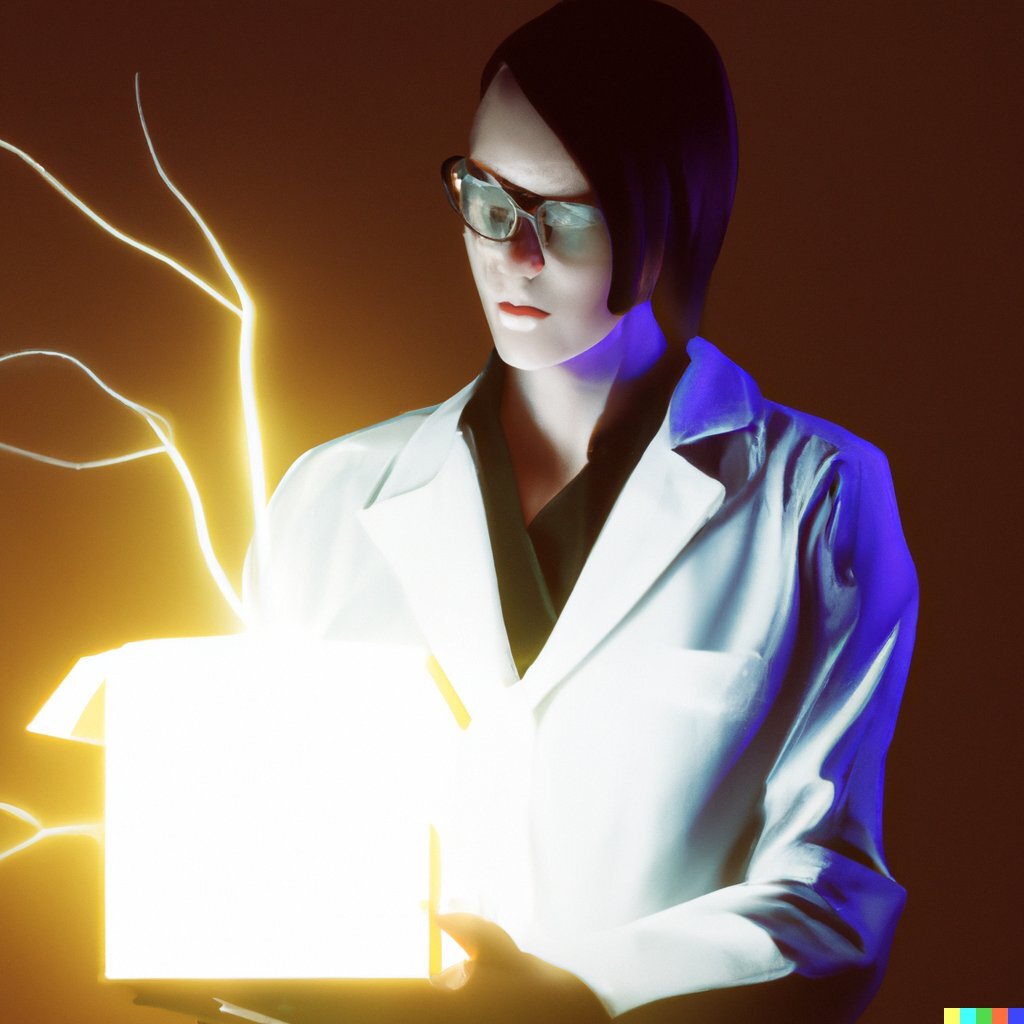119
you are viewing a single comment's thread
view the rest of the comments
view the rest of the comments
this post was submitted on 17 Sep 2023
119 points (95.4% liked)
Asklemmy
43407 readers
1544 users here now
A loosely moderated place to ask open-ended questions
If your post meets the following criteria, it's welcome here!
- Open-ended question
- Not offensive: at this point, we do not have the bandwidth to moderate overtly political discussions. Assume best intent and be excellent to each other.
- Not regarding using or support for Lemmy: context, see the list of support communities and tools for finding communities below
- Not ad nauseam inducing: please make sure it is a question that would be new to most members
- An actual topic of discussion
Looking for support?
Looking for a community?
- Lemmyverse: community search
- sub.rehab: maps old subreddits to fediverse options, marks official as such
- [email protected]: a community for finding communities
~Icon~ ~by~ ~@Double_[email protected]~
founded 5 years ago
MODERATORS

Betavoltaic devices are exactly what you’re describing. They convert beta radiation (energetic electrons) into electricity in the same way that photovoltaic cells (solar panels) convert photons into electricity. You can create a nuclear battery by putting some radioactive material that decays via beta emission in one of these.
The downside of these devices is that they generate very little power. It takes a dangerous amount of radioactive material to generate the power needed for say a phone or laptop. Commercial betavoltaic devices generate ~tens of microwatts. They’re useful if you need a low power battery somewhere that you don’t want to replace, like in a remote sensor.
I wonder sometimes about the efficiencies/outputs of some technologies lagging because other technologies are plentiful and easier, even if the potential is there for a better system.
Obviously internal combustion engines come to mind, and the reliance on fossil fuel. I guess it only took us 10 focused years to get to the moon once upon a time, so humanity will pull it off at the last minute.
With betavoltaics it’s more a matter of physics than lack of engineering refinement. Even assuming 100% efficiency, you would need something like 250 gallons (1000 liters) of tritium gas at atmospheric pressure to power a 100 Watt lightbulb.
Nuclear reactors, however, absolutely should be supplying a larger fraction of our electrical grid. Traditional, large reactor facilities have such a high cost and long timescale for permitting/construction that it’s difficult to get newer, more modern reactors built in the US. There are some exciting developments in small, modular reactors that would sidestep these issues. I believe a few designs are in the process of being built for full scale testing.
So you need to consider the relationship between the amount of decay radiation and how long a substance lasts. The more radiation, the faster the fuel will decay. If you want something to last a long time this way it will probably be too stable to generate a lot of energy.